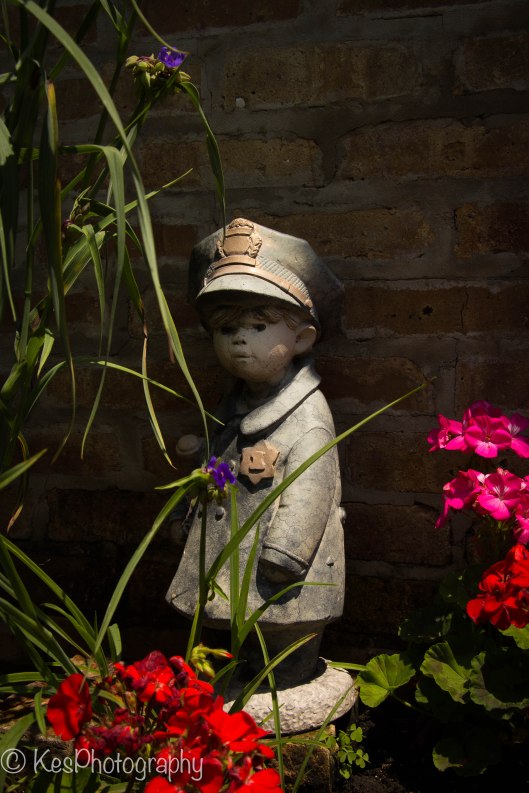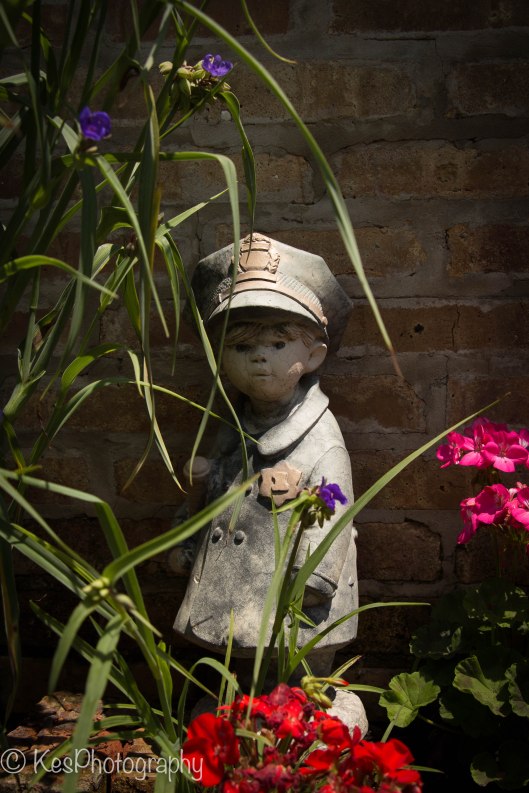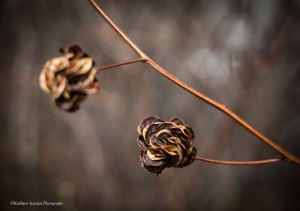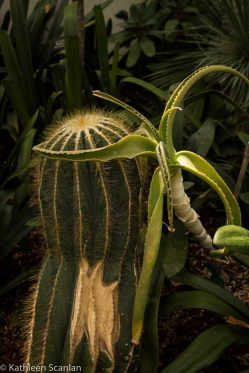Tags
composition, creativity, distortion, focus, image corrections, perspective, photo corrections, Photography, Photography information
Have you ever taken a picture and when you printed it out or viewed it on your computer or camera it didn’t look like the picture you thought you took? This is especially true when shooting buildings. Your eye sees the building as nice and tall with straight lines aiming towards the heavens. Yet, when you take the picture and look at it, it’s distorted? It happens a lot to beginners and even us in the middle. And then the big question becomes “why is this happening?”
I am not a pro nor am I beginner. I’m somewhere in the middle when it comes to photography. This means I enjoy taking images, manipulating them, and sharing them with those of the same mindset. So, I try to keep things simple and easy to understand. No technical verbiage for me. I’m that “whatchamacallit” person.
So here it is…one reason is that your perspective is off. For example, when you shoot close to a church and you step back to get the steeple in, you are changing the perspective. In the image below, you can see that the doors appear straight but as you take in the whole image, the rest of the church is distorted. The large windows seem to tilt in on the sides and everything in the middle seems to be fairly straight, although a bit tilted backward. Probably without even knowing it, you have had to tilt the camera up to capture the cross on the church as well as the front door.

I was standing just below the church, aiming slightly up which distorted the whole church except for what was at eye level (the doors) from where I was shooting. My lens was a 24-70mm zoom and I had it set at 24mm. It just didn’t work and I couldn’t step back any further as a very active street behind me restricted me from doing so!
How to correct it? Well, you can do several things:
- Change your angle. Step back so that you do not have to tilt your camera to capture the whole image. Sometimes you aren’t even aware that you are slightly tilting the camera to get everything within the camera frame.
- Not possible? Option two is to not take the whole church. Move closer and capture just a window or the doors.
- Use a wide angle lens (if you have one)
- Take the shot the best you can. Then, in post processing, straighten it out as much as you can without causing more distortion. (More on this later)
I adjusted the horizontal and vertical lines of the image in Lightroom to help “straighten” out the church. As you can see below, I lost a lot of the content of the picture in post-processing. But at least you won’t get dizzy looking at it!
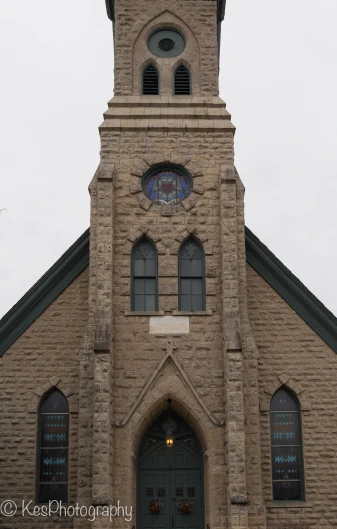
If you can’t change your position and don’t have a wide-angle lens, take the picture. Just ensure that your image doesn’t fill the frame like I did in the first picture and has plenty of border space around the church for post-process straightening. I didn’t and lost quite a bit of the image when I corrected the horizontal and vertical distortions in Lightroom.
This last image is of a church I had plenty of room to change my position to reduce the in-camera distortion. Although there is still a little bit of distortion, it is not very noticeable and the image is pleasing to the eye. (The small entrance to the right really was tilting toward the main building…!) I did make some minor perspective changes, i.e., cropping/leveling and a little correction on the horizontal lines. Other than that, this image is how I saw that little farm church that day.
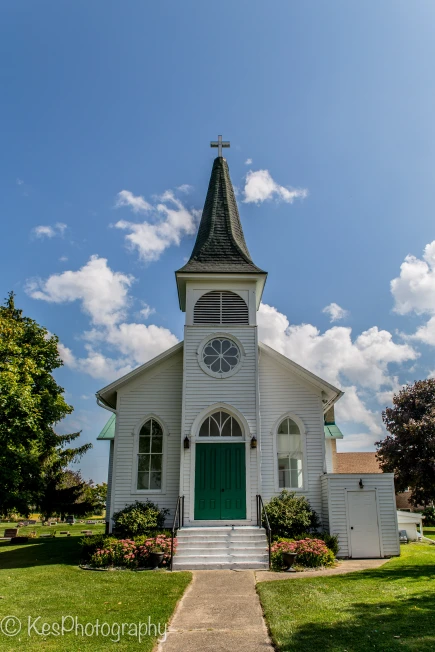
So, the next time you are taking a picture, check to make sure your perspective is good; that you are on equal footing with the object that you are taking. If you don’t have the room to do that or a wide angle lens, then make sure you have enough clear space on all four sides in the viewfinder so that when you make your corrections in a post-processing program such as Lightroom, you don’t cut off anything of importance (like the cross on top of the steeple!).
There is another reason why the distortion occurs and it has to do with the camera itself. And the fact the world is round! But that’s for another blog… Until next time, happy shooting!

